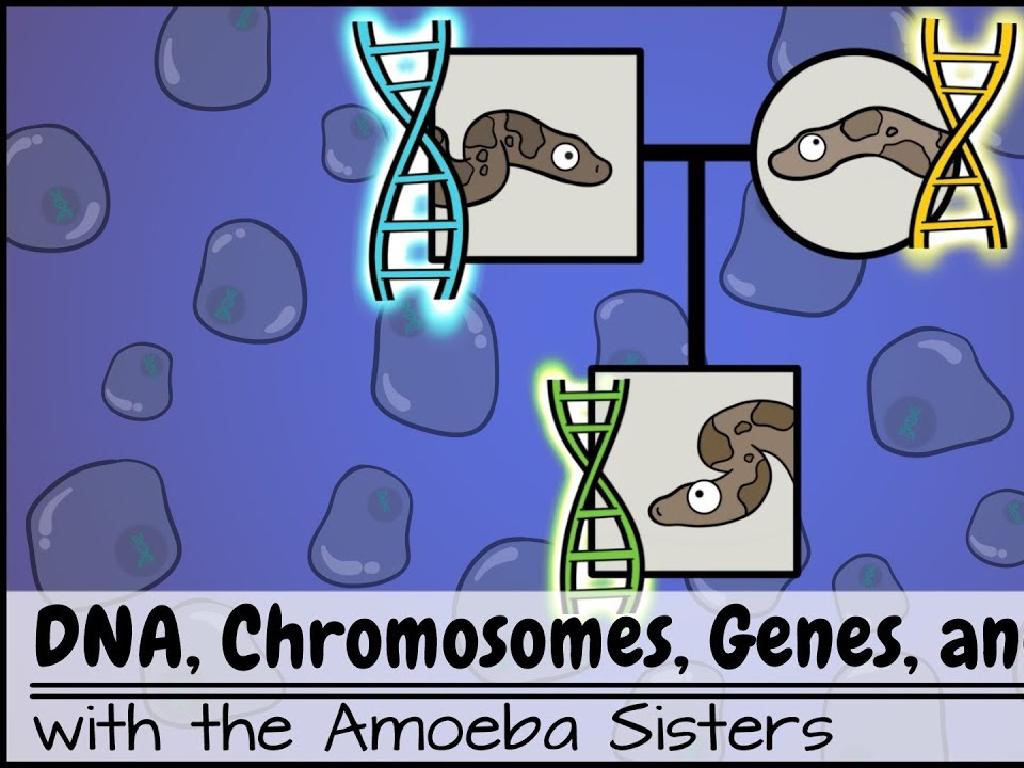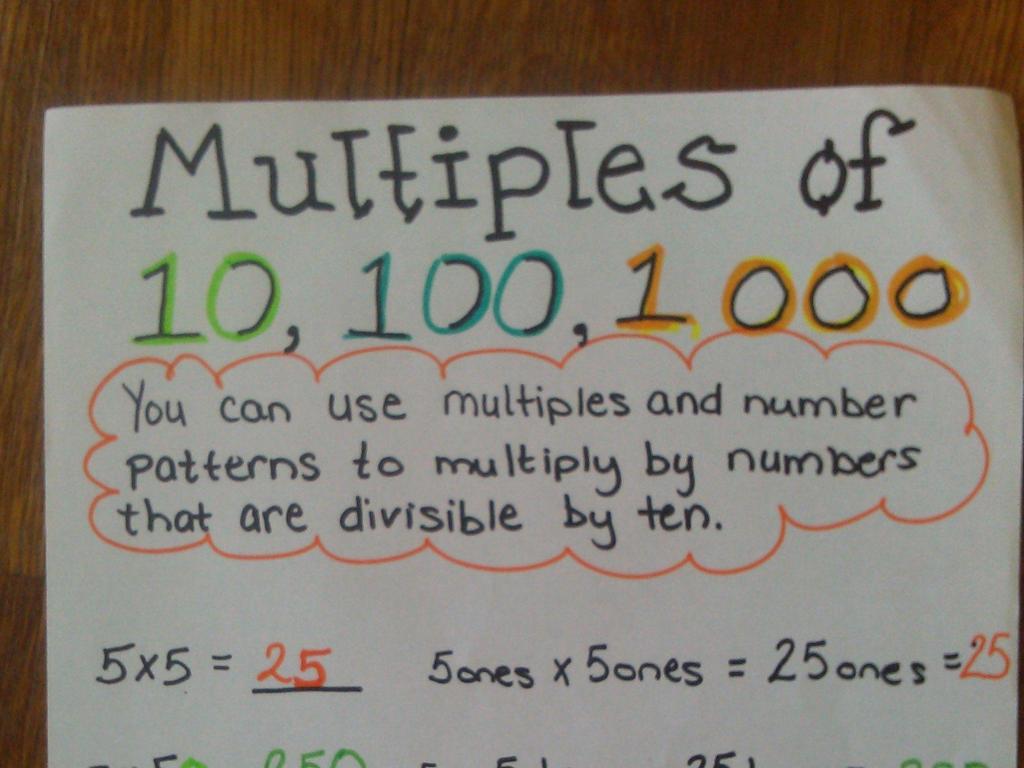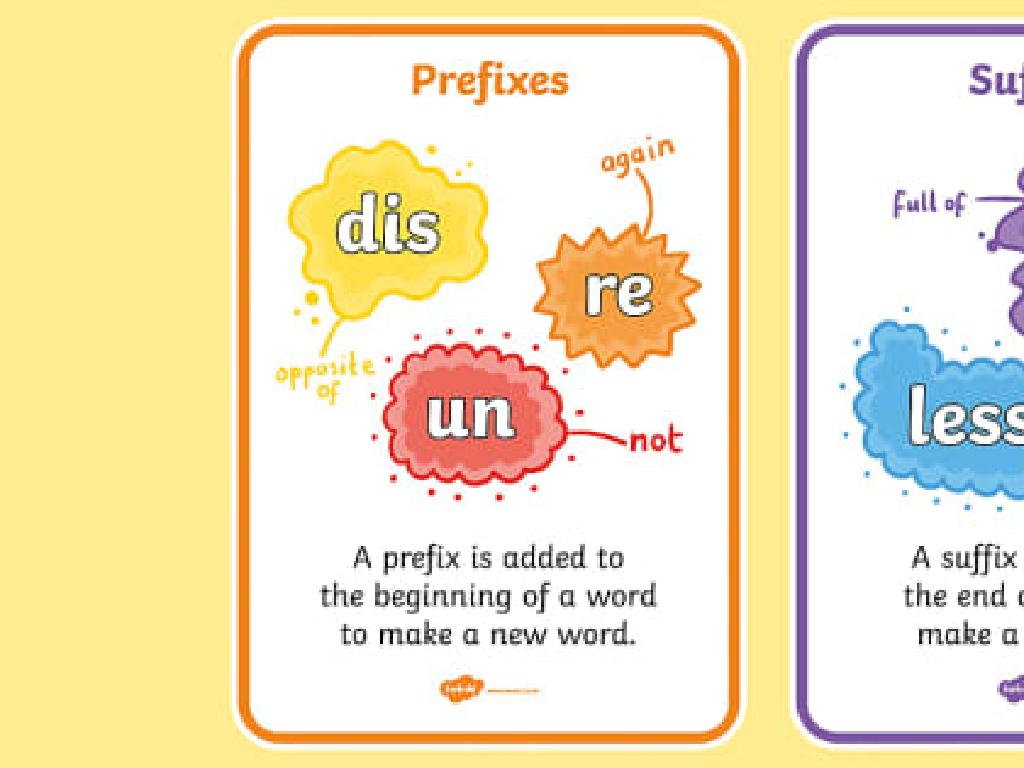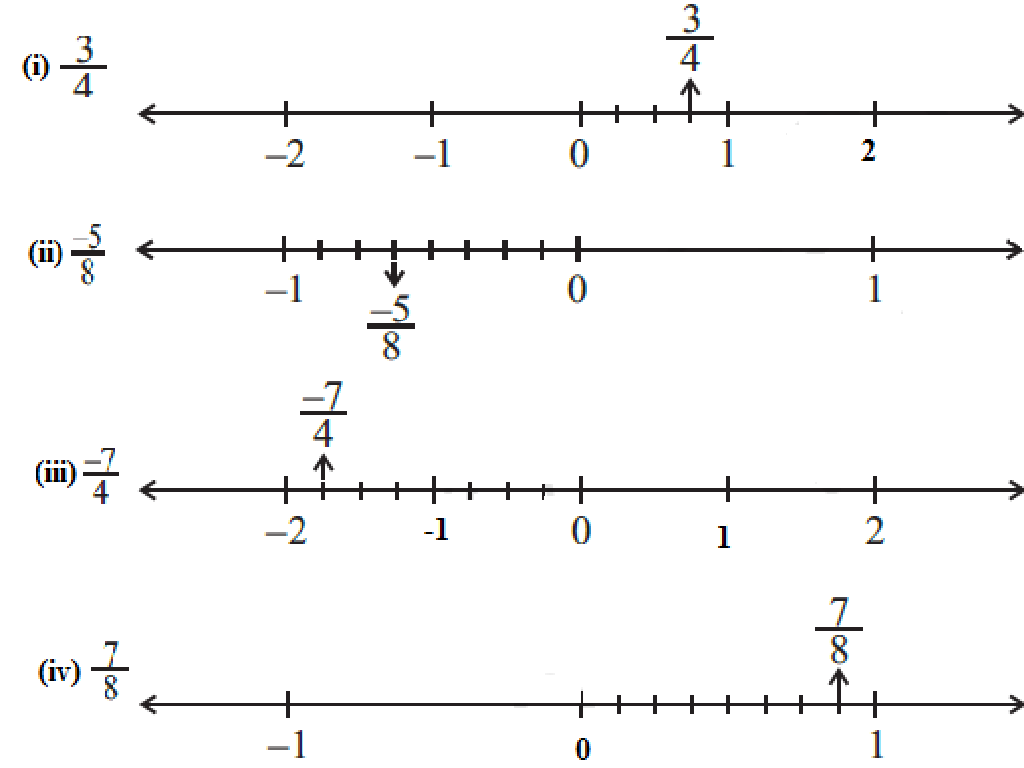Solve Equations With The Distributive Property
Subject: Math
Grade: Eighth grade
Topic: One-Variable Equations
Please LOG IN to download the presentation. Access is available to registered users only.
View More Content
Solving Equations with the Distributive Property
– Understanding equations & variables
– Recap: one-variable equations
– Today’s focus: distributive property
– Distributive property: a(b + c) = ab + ac
– Steps to solve with distributive property
– Example: Solve 3(x + 4) = 12
|
Begin with a brief review of what equations and variables are, ensuring students recall the basics of one-variable equations from previous lessons. Today’s lesson will concentrate on applying the distributive property to solve equations. The distributive property allows us to multiply a single term by each term inside a parenthesis. For example, to solve 3(x + 4) = 12, distribute 3 to x and 4 to get 3x + 12 = 12, then solve for x. This slide sets the stage for practice problems where students will apply this property to solve various one-variable equations.
Understanding the Distributive Property
– Define distributive property
– It allows us to multiply a sum by multiplying each addend separately and then add the products.
– Explore the formula a(b + c) = ab + ac
– For instance, if a=2, b=3, and c=4, then 2(3 + 4) = 2*3 + 2*4.
– Importance in equation solving
– It simplifies complex equations, making them easier to solve.
– Practice with examples
– Let’s solve 3(x + 4) = 3x + 12 together.
|
The distributive property is a critical algebraic concept that allows us to simplify and solve equations more efficiently. By understanding and applying the formula a(b + c) = ab + ac, students can break down more complex expressions into simpler ones. This property is especially useful when dealing with variables. During the lesson, provide several examples to illustrate the property in action and give students practice problems to reinforce the concept. Encourage students to explain why this property works and how it helps in solving equations, fostering a deeper understanding of the mathematical principles at play.
Applying the Distributive Property
– Distribute a common factor
– Multiply each term inside the parentheses by the factor outside
– Example: 3(x + 4) = 3x + 12
– 3 multiplies with x and 4, giving 3x + 12
– Practice problem setup
– Set up your own problem: 2 times (a plus 5)
– Solve: 2(a + 5) = ?
– Multiply 2 with a and 5 to find the solution
|
This slide introduces the distributive property, a key concept in algebra. Start by explaining that the distributive property allows us to multiply a single term by each term inside a set of parentheses. Show the example 3(x + 4) and demonstrate step-by-step how to distribute the 3 to both x and 4. For the practice problem, guide students to apply the same principle by multiplying 2 with both a and 5. The answer is 2a + 10. Encourage students to work through the problem on their own, ensuring they understand the process of distribution. This exercise will solidify their understanding and prepare them for more complex equations.
Solving Equations with the Distributive Property
– Combine like terms post-distribution
– Add or subtract similar terms for simplification
– Isolate the variable to solve
– Get the variable on one side for the solution
– Example: 4(2x + 3) = 8x + 12
– Apply distribution: 8x + 12 = 8x + 12, then solve
|
This slide focuses on the steps to solve equations using the distributive property. Start by distributing the number outside the parenthesis to each term inside. Next, combine any like terms that appear in the equation. This simplification is crucial for making the equation easier to solve. After combining like terms, the next step is to isolate the variable on one side of the equation to find its value. The example provided should be worked through step-by-step: distribute the 4 to both 2x and 3, combine like terms, and then isolate x. It’s a straightforward equation that should yield a solution that verifies the property. Encourage students to practice with additional examples and ensure they understand each step before moving on.
Practice Problems: Distributive Property
– Solve 5(y + 6) = 5y + 30
– Apply distributive property: 5y + 30 = 5y + 30
– Solve 6(3 – x) = 18 – 6x
– Apply distributive property: 18 – 6x = 18 – 6x
|
This slide presents two practice problems to help students apply the distributive property to solve equations. For the first problem, demonstrate how to distribute the 5 across the terms inside the parentheses, which simplifies to the equation given. This shows that the equation is true for all values of y. For the second problem, distribute the 6 to both 3 and -x to show that the equation simplifies to the same form, indicating that it holds true for all values of x. Encourage students to work through these problems step-by-step and verify their understanding of the distributive property. Provide additional similar problems for students to solve independently, and discuss different approaches to solving equations involving the distributive property.
Avoiding Common Mistakes: Distributive Property
– Distribute to all terms inside parentheses
– Ensure every term is multiplied by the number outside the parentheses.
– Combine like terms correctly
– After distribution, group and combine terms with the same variable.
– Tips for checking work accuracy
– Review your steps and substitute the solution back into the original equation.
– Practice problems for mastery
– Solve additional equations to reinforce correct application of the distributive property.
|
When teaching the distributive property, emphasize the importance of applying the multiplication to each term within the parentheses to avoid partial distribution, which is a common error. Stress the need for careful combination of like terms, as this is where many students make mistakes. Provide strategies for checking work, such as reviewing each step for accuracy and substituting the solution back into the original equation to ensure it holds true. To build confidence and ensure understanding, assign practice problems that cover a variety of scenarios, encouraging students to apply these tips and avoid common pitfalls.
Class Activity: Equation Relay
– Form groups of four students
– Receive a set of distributive property equations
– Equations like 3(x + 4) = 12
– Solve equations as a team
– Use steps: Distribute, combine like terms, solve for x
– First team to finish wins a prize
|
This activity is designed to encourage collaboration and application of the distributive property in solving equations. Each group of four will work together to solve a set of equations provided by the teacher. The equations will require the use of the distributive property to expand and then solve for the variable. The teacher should prepare different sets of equations with varying levels of difficulty to accommodate all students. Possible prizes can include homework passes, extra credit points, or small treats. This activity will help reinforce students’ understanding of the distributive property and provide a fun, competitive way to practice math skills.
Homework and Next Steps: Mastering Distribution
– Practice distributive property equations
Solve additional problems to reinforce today’s learning.
– Quiz preparation for next class
Study the steps we’ve learned to solve equations using the distributive property.
– Address any remaining questions
– Review today’s lesson at home
Go over your notes and try to solve the example problems again.
|
As homework, students should practice solving equations using the distributive property to reinforce their understanding. Encourage them to work through the examples provided in class and any additional practice problems in their textbooks. Remind students that there will be a quiz during the next class, so they should review the steps and methods discussed. Before concluding the lesson, ensure that all students have the opportunity to ask questions and clarify any doubts. Provide guidance on how they can effectively review the material at home to prepare for the quiz.





